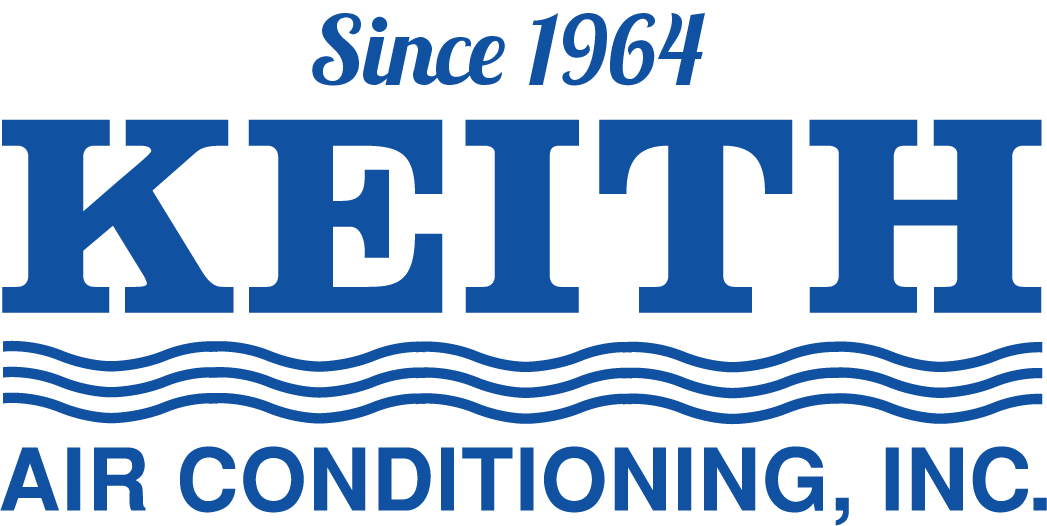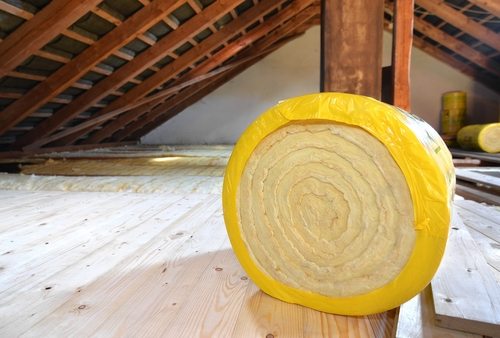 As the weather starts to cool off, the importance of attic insulation becomes more apparent. If you have no idea if your attic insulation is sufficient, take a peek and see what you can see. The entire floor should be covered in a thick, even layer of insulation. If you can see the rafters poking up through the insulation, you could probably benefit from adding more.
As the weather starts to cool off, the importance of attic insulation becomes more apparent. If you have no idea if your attic insulation is sufficient, take a peek and see what you can see. The entire floor should be covered in a thick, even layer of insulation. If you can see the rafters poking up through the insulation, you could probably benefit from adding more.
Benefits of Adding Attic Insulation
Homes with inadequate insulation often suffer from the same types of problems. By boosting attic insulation, you stand to benefit in a number of ways:
- More even temperature throughout the home: If you go upstairs and place your hand on the ceiling, it may be cold to the touch, meaning attic air is infiltrating the ceiling. This creates hot and cold spots, drafts and uneven temperatures from room to room. Rooms feel warmer and more comfortable in homes where attic insulation is up to par.
- Lower heating bills: Adding extra insulation requires an investment, but the resulting lower energy bills help pay for the project. Lower heating bills also mean you’re consuming less energy, which is good news for the environment.
- Protected structural integrity: In homes where heat and moisture rise up into the attic, issues such as mold growth, rotting wood and ice dams threaten the structural integrity of the attic and roof. By more effectively separating your home from your attic, you help prevent these problems.
Choosing Insulation
The two most common types of insulation are loose fill (often made from cellulose) and batts or rolls (made from fiberglass). Both types are effective at insulating your home against the unconditioned attic air. Consider that you can use either type of insulation, regardless of what’s already installed in your attic.
If you choose loose fill, it’s wise to have the insulation installed by a professional since proper application requires the use of a special blowing machine. If you’re insistent upon doing it yourself, you may be able to rent the equipment you need from your local home improvement store.
Batts and rolls provide the easiest do-it-yourself job. If you install a layer on top of existing insulation, make sure you pick “unfaced” insulation with no paper or foil backing.
Installing the Insulation
Before you begin, gather the necessary safety supplies and installation tools. These include safety glasses, gloves, dust mask, hard hat, flashlight, portable hanging light, boards to walk on, utility knife, sheet metal cutters, tape measure and the insulation you choose to install.
The installation itself is quite straightforward if you opt for fiberglass batts or rolls. If the existing insulation sits between the rafters, install a second layer perpendicular to the beams to help reduce heat loss through the frame. Work from the perimeter inward toward the attic hatch, being careful not to cover the soffit vents that allow for attic ventilation.
To avoid creating a fire hazard, make sure you never install insulation directly over recessed light fixtures unless they are IC rated for insulation contact. If your lights lack this distinction, you need to make a barrier around the light with sheet metal or wire mesh to keep the insulation at least three inches away.
When to Call a Professional
If your attic is easily accessible and not too difficult to move around in, you should feel free to make the attic insulation project a DIY task. However, some situations may lead you to call a professional to do the job for you. You know it’s time to call in the pros if the following is true:
- The attic is difficult to access and the space to work inside is cramped and dangerous.
- The insulation is damp to the touch or smells moldy, problems that indicate a leaky roof.
- The attic rafters or floor joists are rotted, another indicator of moisture problems.
- You find out that the kitchen and bathroom exhaust fans or dryer vent exhaust air to the attic instead of to the outdoors.
- The attic has little to no ventilation.
- Knob and tube wiring is installed in the attic of your pre-1930s home, which creates a fire hazard if it comes in contact with insulation.
Whether you install the attic insulation yourself or you choose to call a professional to complete the job, you’ll notice a difference in your comfort level and energy bills with more insulation in the attic. For more useful tips or to schedule service, please contact Keith Air Conditioning, Inc. We’ve been serving Mobile and Baldwin County since 1964.
 If your home is drafty, has uneven temperatures or costs a fortune to heat and cool, a trip to the attic will likely reveal inadequate levels of insulation. A Harvard study designed to analyze the environmental impact of poor insulation found that 63 percent of U.S. homes would benefit from additional attic insulation. The Environmental Protection Agency (EPA) cites adding attic insulation as one of the most cost-effective ways to lower your household energy bills.
If your home is drafty, has uneven temperatures or costs a fortune to heat and cool, a trip to the attic will likely reveal inadequate levels of insulation. A Harvard study designed to analyze the environmental impact of poor insulation found that 63 percent of U.S. homes would benefit from additional attic insulation. The Environmental Protection Agency (EPA) cites adding attic insulation as one of the most cost-effective ways to lower your household energy bills.
